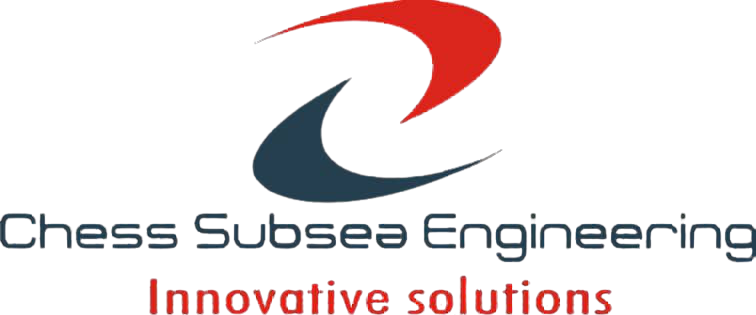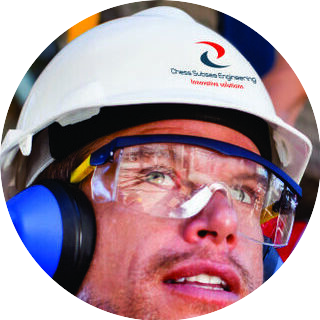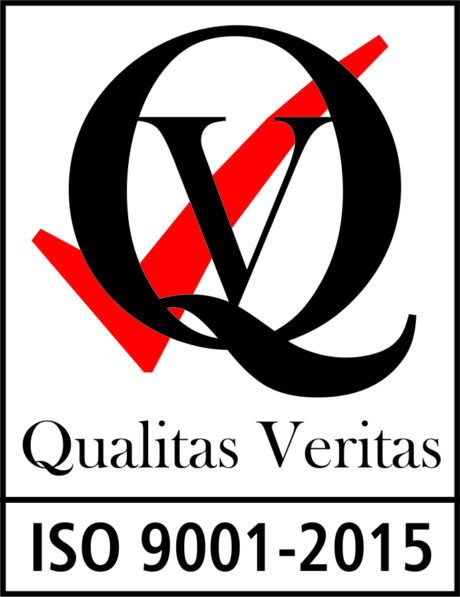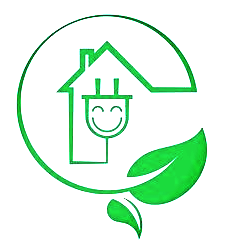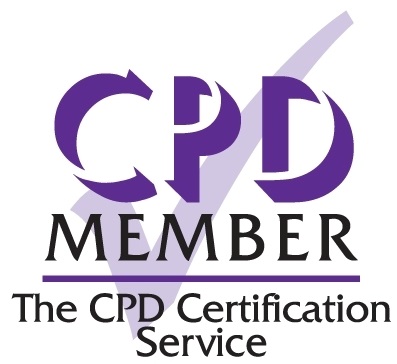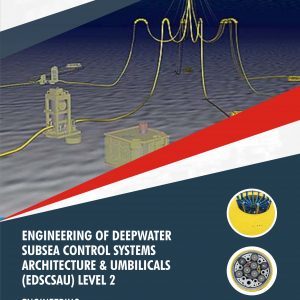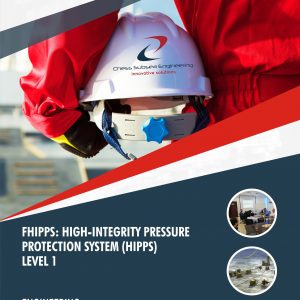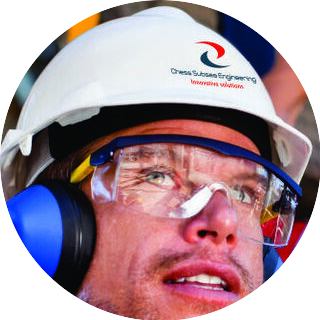Description
Onshore and offshore pipeline material engineering involves the selection, design, and testing of materials used in the construction of pipelines. The choice of materials is crucial as pipelines are subjected to a variety of environmental and operational conditions, including high pressure, temperature, and corrosive environments.
Onshore pipelines are typically constructed using carbon steel or low alloy steel due to their strength, durability, and cost-effectiveness. However, for high-temperature applications, alloy steels such as 9% chromium or 13% chromium are used due to their excellent high-temperature properties.
Offshore pipelines are subjected to more severe environmental conditions, such as saltwater corrosion and ocean currents, and therefore require more advanced materials. Corrosion-resistant alloys (CRAs) such as duplex stainless steel, nickel alloys, and titanium are commonly used for offshore pipelines due to their resistance to corrosion and erosion.
In addition to material selection, pipeline material engineers also consider the design and fabrication of the pipeline, including welding techniques and coatings to prevent corrosion. They also perform testing and analysis to ensure the materials and pipeline meet regulatory and industry standards for safety and reliability.
Onshore & Offshore Pipeline Material Engineering (OOPME) Level 1 & Level 2 course explores all the major aspects of processes, technologies and systems involved in onshore & offshore pipeline material engineering including Line Pipe Fabrication Process, Submerged Arc Welded (SAW), Electrical Resistance Welded (ERW), High Frequency Induction (HFI) welded or High Frequency Welded (HFW) , Seamless i.e. without longitudinal (seam) weld, Clad Steel Plate Fabrication Process, Welded Clad Steel Fabrication Process, Large Radius Bends, Anticorrosion Coatings, Concrete Coating, Sacrificial Anodes, Field Joint Material, Flanges, Gaskets and Bolting, SSIV (Subsea Safety Insulated Valve), Insulating Joints, T & Y tees and Conical Reducer (Buttwelded Fittings) and more.
Course Outlines
Introduction to Line Pipes
Line Pipe Fabrication Process
Submerged Arc Welded (SAW)
Electrical Resistance Welded (ERW)
High Frequency Induction (HFI) welded or High Frequency Welded (HFW)
Seamless i.e. without longitudinal (seam) weld
ERW Pipe vs. HFI Pipe
Plug Rolling Mill
Pipe Production Range
Pipe Market Segment
Introduction to CLAD Pipe
Clad Steel Plate Fabrication Process
Welded Clad Steel Fabrication Process
Offshore Application
Main Characteristics
Main Fabrication Processes
Hot Bend Production
Introduction to Anticorrosion Coatings
Offshore Application
Coating System Selection Criteria
Anticorrosion Coating Main Types
Main Characteristics
Anticorrosion Coatings
3 Layer Polyethylene (3LPE)
Introduction to Concrete Coating
Concrete Data Examples
Sacrificial Anode
Offshore Application
Types of Anode
Concrete Coated Pipe Anode Typical Drawing
Anticorrosion Coated Pipe Anode Typical Drawing
Field Joints Coatings
Field Joint Coating System Selection Criteria
Anticorrosion Coated Pipe
Concrete Coated Pipe
Introduction to Flanges
Offshore Application
Typical Flanges Materials
Flange Types
Carbon Steel Flanges Rating (ASME B16.5)
Low Alloyed Steel Flanges Rating (ASME B16.5)
Stainless Steel Flanges Rating (ASME B16.5)
Gasket Offshore Applications
Ring Type Joint (RJT) & FLAT (RF) Gaskets
Stud Bolts & Nuts
Introduction to Subsea Safety Isolation Valve
SSIV Station Main Components
SSIV General Arrangement
Introduction to Insulation Joint
Monolithic Dielectric Joint
Buttwelded Fittings
“T” and “Y” Tee
Application of “T” and “Y” Tee
Conical Reducer
Assessment
Participant underpinning knowledge of pipeline material engineering at Level 1 & Level 2 shall be accessed with short answer multiple-choice questionnaire at the conclusion of the course.
Outcome
Participants will gain an in debt understanding of pipeline material engineering at Level 1 & Level 2. They will also be able to function with minimum supervision as piping engineer or piping material at graduate level for either the EPC (engineering, procurement, and construction) contractor or the operator/ end user.
Professional Certificate
Issued directly by Chess Subsea Engineering Europe.
Participant may be presented for Offshore Petroleum Training Organization (OPITO) Certification.
How to Register
Click here to download registeration booklet on msword and email completed booklet to info@chesssubseaengineering.org directly.
